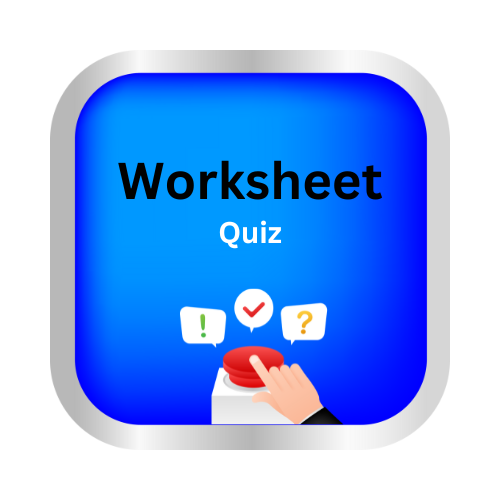Multiply decimals and whole numbers: word problems
key notes :
| Understanding Decimals |
- Decimals represent fractions or parts of a whole.
- Place values include tenths, hundredths, and thousandths.
| Multiplication Basics |
- When multiplying a decimal by a whole number, ignore the decimal at first.
- Multiply as if dealing with whole numbers.
- Count the total decimal places in the original decimal number.
- Place the decimal in the product accordingly.
| Word Problem Strategies |
- Identify the given numbers (whole numbers and decimals).
- Determine what operation is required (e.g., finding total cost, total distance, etc.).
- Set up the multiplication equation based on the problem.
- Perform the multiplication correctly.
- Check for reasonableness (Does the answer make sense in context?).
| Common Scenarios in Word Problems |
- Money-related problems (e.g., cost of multiple items).
- Distance and speed problems (e.g., total distance traveled).
- Measurement problems (e.g., calculating total weight, volume, or area).
| Examples |
A book costs $4.75. What is the total cost of 6 books?
- Solution: 4.75×6=28.50 → The total cost is $28.50.
A runner jogs 2.3 km every day. How far does she jog in 8 days?
- Solution: 2.3 × 8 = 18.4 → She jogs 18.4 km in total.
| Common Mistakes to Avoid |
- Misplacing the decimal in the final answer.
- Forgetting to align numbers correctly in multiplication.
- Ignoring units in word problems (e.g., dollars, meters).
| Understanding Decimals |
- Use estimation to verify if the answer is reasonable.
- Use a calculator for confirmation if needed.
Learn with an example
▶️ Each metal ball weighs 7.8 grams. How much do 3 metal balls weigh in all?
Multiply the weight of each metal ball by the number of balls.
Multiply as you would multiply whole numbers.
7.8 × 3 = 234
Count the number of decimal places in the factors. There is 1 decimal place in 7.8. Move the decimal point 1 place to the left in the answer.
234. → 23.4
The 3 metal balls weigh 23.4 grams in all.
▶️ Kamal’s science class places weights on a scale during an experiment. Each weight weighs 9.5 kilograms. If the class puts 9 weights on the scale at the same time, what will the scale read?
Multiply the weight of each weight by the number of weights.
Multiply as you would multiply whole numbers.
9.5
× 9
855
Count the number of decimal places in the factors. There is 1 decimal place in 9.5. Move the decimal point 1 place to the left in the answer.
- → 85.5
The scale will read 85.5 kilograms.
▶️ Each piece of cardboard is 0.5 centimetres thick. If Vivian stacks 9 pieces of cardboard on top of one another, how thick will the stack be?
Multiply the thickness of each piece of cardboard by the number of pieces in the stack.
Multiply as you would multiply whole numbers.
0.5
× 9
45
Count the number of decimal places in the factors. There is 1 decimal place in 0.5. Move the decimal point 1 place to the left in the answer.
- → 4.5
The stack will be 4.5 centimeters thick.

Let’s practice!

